I used my memories of bhutas as the inspiration for this recipe: a grilled corn summer salad. Not only is the corn in season, but so are the tomatoes and avocados. That makes for a delicious and fresh-tasting salad!
|
While most people think of summer and get excited about days spent at the beach, hot weather, etc., I get excited about trips to my local farmer's market and all the amazing fruit and vegetables I will find. There's nothing that beats eating foods that in in season; my husband and I even prefer going to restaurants that regularly change their menu based on what is in season. And what is in season right now is sweet summer corn!
Growing up, my father would regularly make bhutas for us -- whole ears of grilled corn, slathered with butter, fresh lime juice, salt, and lal mirch (cayenne pepper). Before we finally purchased a grill, he would roast each ear of corn over an open gas flame from our stove, carefully using tongs to hold the ear and rotate it over the fire.
I used my memories of bhutas as the inspiration for this recipe: a grilled corn summer salad. Not only is the corn in season, but so are the tomatoes and avocados. That makes for a delicious and fresh-tasting salad!
2 Comments
Summer is officially here, and where I live it has been especially hot and humid for the past three weeks. On these scorching days, the last things I want to do are spend a lot of time over a hot stove and/or eat something heavy. That is why this recipe for mung dal ka cheela (savory pancakes made from mung lentils and whole mung beans) is a perfect summertime meal.
Cheela are often made from besan (chickpea flour), but my mom makes them using mung dal, which is a lentil obtained by stripping the outer covering of a wholemung bean. When I started making them myself, I used equal parts mung dal and whole mung beans--you can do the same, or use all mung dal or all whole mung beans, whatever you prefer. I like using a combination because you get the nutrition of the entire whole mung bean as well as some of the crispiness from the mung dal.
This recipe is as quick and easy as they come--the only time-consuming part is soaking the mung dal and mung beans!
It has been a few weeks since I last posted, but I had a good reason: my husband and I purchased and moved into our first home! The past few weeks were stressful and busy, but buying your first home is such an exciting time, especially when you've spent the last 12 years in a dorm room or apartment. My wonderful parents were nice enough to come help us set up and organize. They also guided us through the Hindu ritual of blessing a new home, called grah pravesh. As part of this ritual,one needs to make something sweet, and most Indian sweets require the use of ghee, or clarified butter.
The benefit to making your own ghee is that you can make as much as you would realistically use before it goes bad. When you buy it at the store, it comes in a large jar and is typically more than I could ever use in 1 year. When I make it at home, I only end up with about 6 ounces (three-fourths of a cup). In my opinion, ghee gets a little bit of a bad rap. Yes, some people use entirely too much ghee in their cooking, but when used sparingly ghee has some nice benefits, such as its high smoke point and its ability to last for months without refrigeration.
Making your own ghee is easier than you think: all you need is high quality unsalted grass-fed butter. You can easily find this in any grocery store. The other tools you will need are a metal mesh strainer, a few pieces of cheesecloth, and an air-tight container in which to store the ghee.
I recently went back home for four days to spend time with my parents. It was a relaxing weekend of time just spent at home. One of the best parts of going home is getting the chance to eat your mom's handmade food, and this trip was no different in that regard. We had some of my favorites--aloo paratha, dosa with chutney and sambhar, and a Rajasthani/North Indian dish called daal baati. Daal baati consists of baked whole wheat rolls topped with spiced lentil soup. It is a simple dish--but on a cold and rainy spring day, it is a welcome warm comfort.
I vividly remember being a young girl, getting together with some of our family friends, and enjoying daal baati for dinner. To be honest, when I was really young, I didn't care for daal, so my Mom would just give me the baati with ghee (clarified butter) and sugar. Which is still delicious and I may or may not have had a few of those when I just went home ...
Anyways, daal baati is a real comfort food, and it was perfect to eat in the comfort of my parents' home. It was also really wonderful to spend time cooking with Mom and learning from her in person. As we get older, we realize how those opportunities come less and less. I encourage everyone to spend at least a little time learning how to cook one recipe from your own mom next time you go home! Note: the first ingredients photo is for the daal. The second is for the baati.
My husband, V, and I used to live in another city before we moved to where we are now. Right before we moved, a few friends invited us over for dinner at their home. As always, we had a lovely evening of conversation and laughter. As someone who is mildly obsessed with food, I still remember what we ate: mustard-marinated salmon cooked on a grill. I had never seen mustard used as a marinade before, but I loved it immediately! I found out that using mustard as a marinade for fish and meat is part of classic French cuisine. Fast forward a few years later, to when I learned that mustard fish curry (shorshe maach) is a popular Bengali dish; I knew I had to try it myself!
Mustard is one of the main ingredients in Bengali cooking--whether in seed, paste, or oil form. Traditional recipes for shorshe maach use both mustard paste and mustard oil. Here is the thing: mustard oil is really hard to find in American grocery stores because it is not approved for human consumption by the FDA. I tried the Indian store, but could only find it in one liter amounts! I don't have use for that much mustard oil, and I assume most of you don't either. Not wanting to make myself or any of you purchase mustard oil, I have decided this recipe is Bengali "inspired." There are many authentic recipes for this dish that use mustard oil-and you can find them easily on the Internet. While this recipe isn't necessarily authentic, it is delicious!
|
Categories
All
Archives
July 2015
AuthorExploring Indian cuisine and trying to learn the recipes of my family. I hope to help and inspire others along the way. |

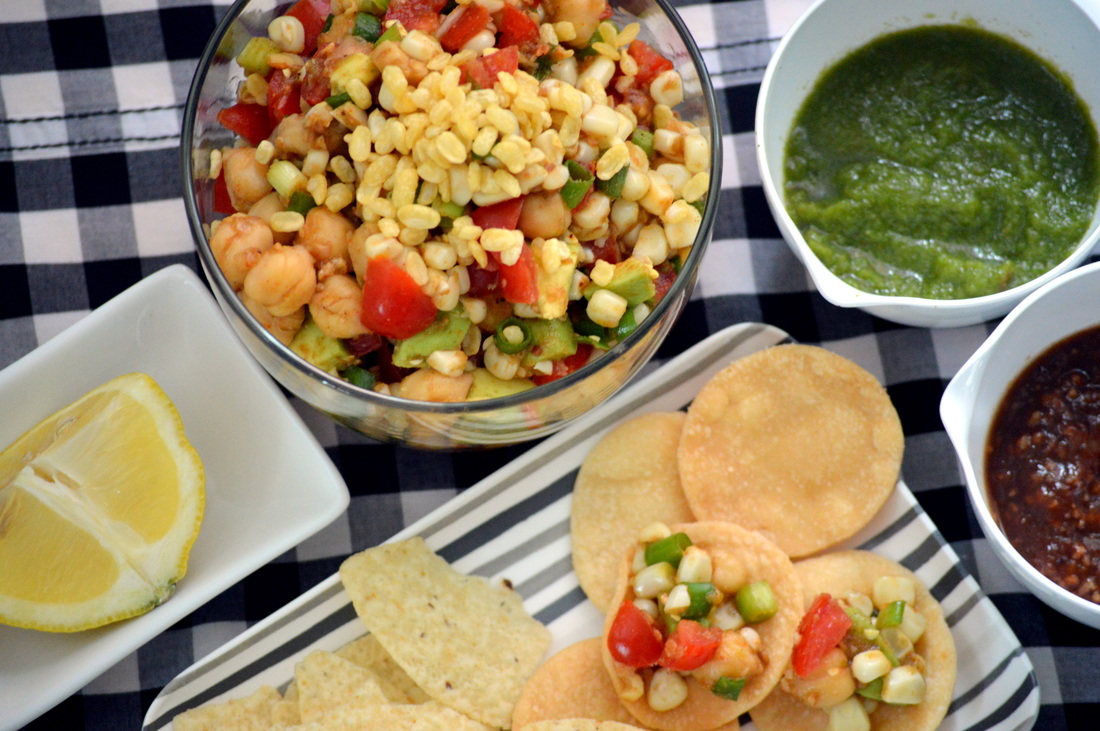
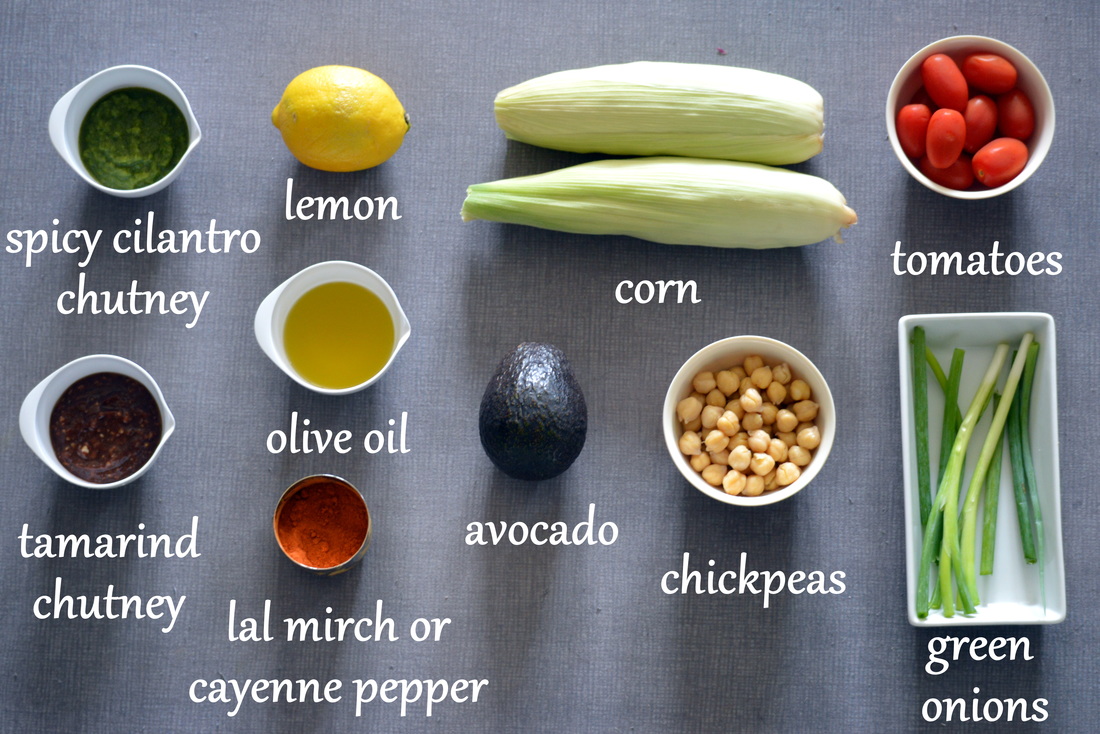

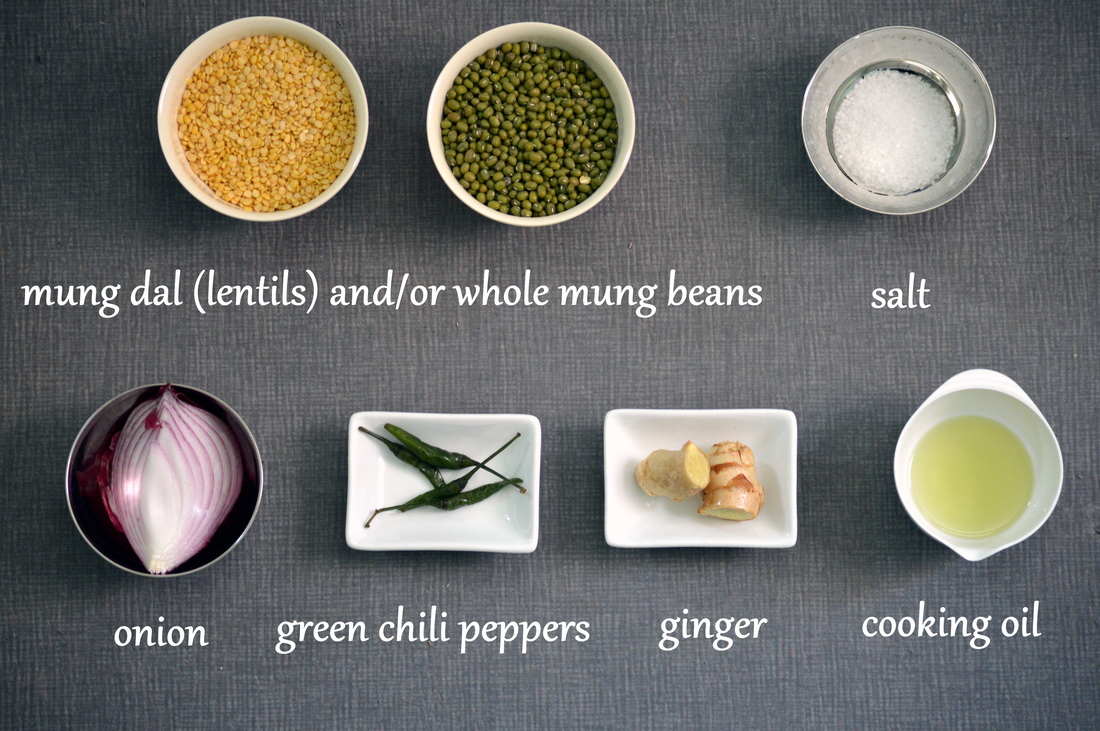
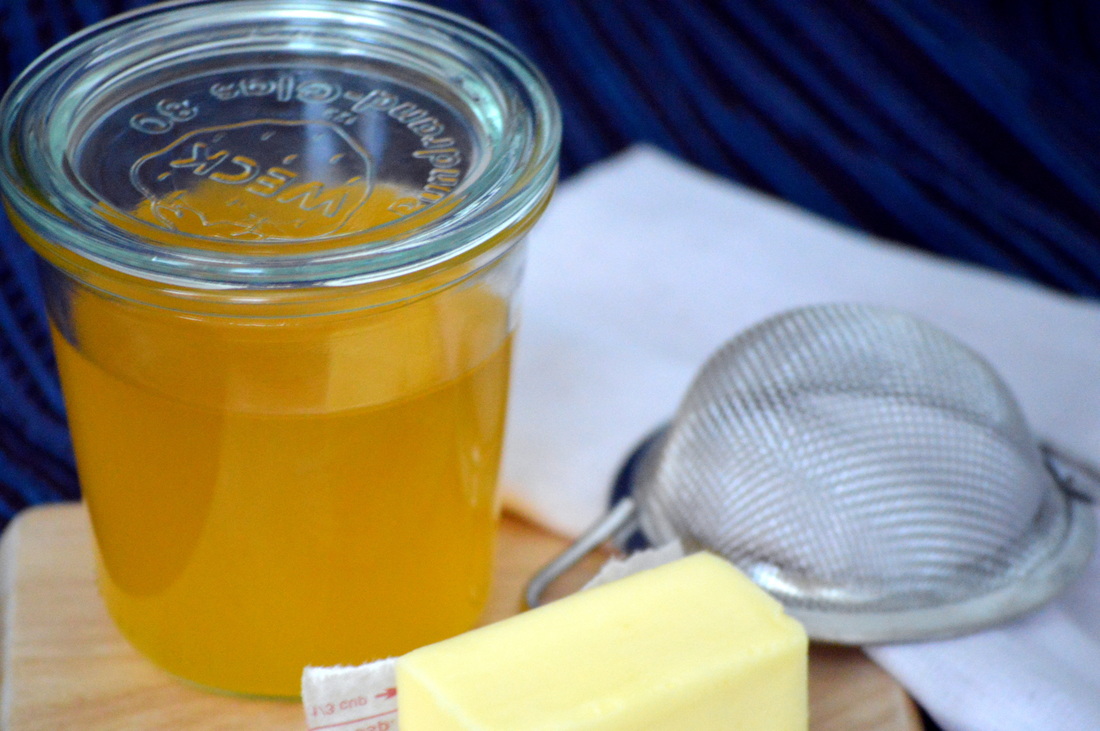




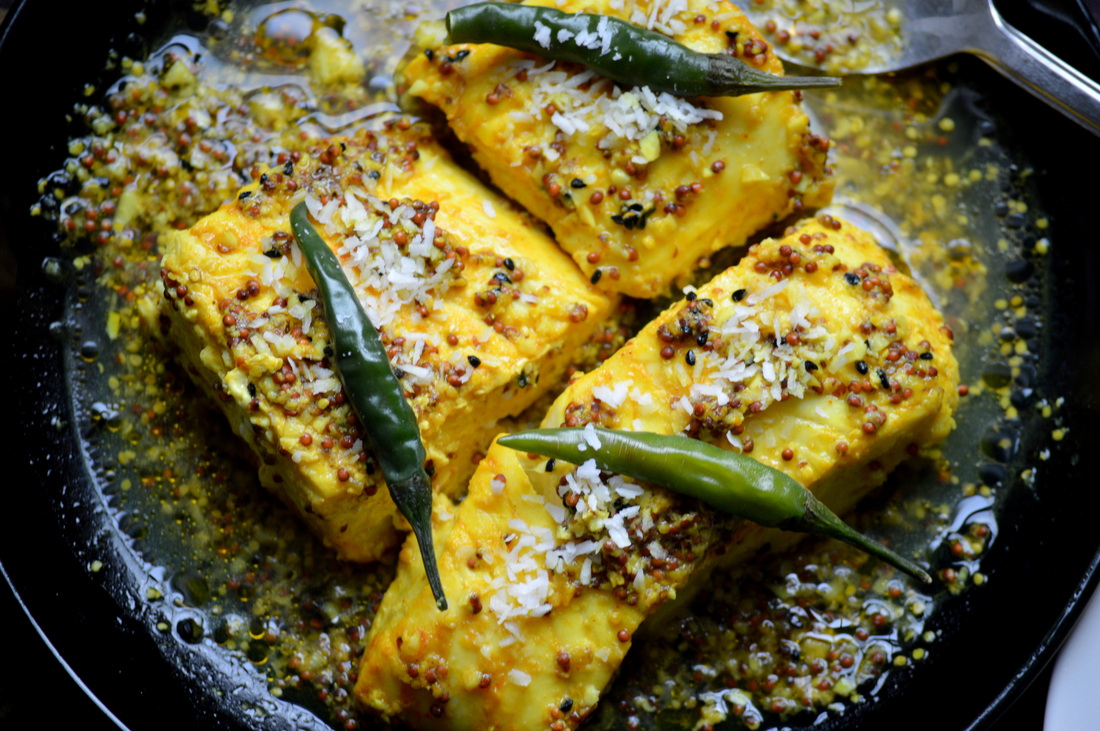
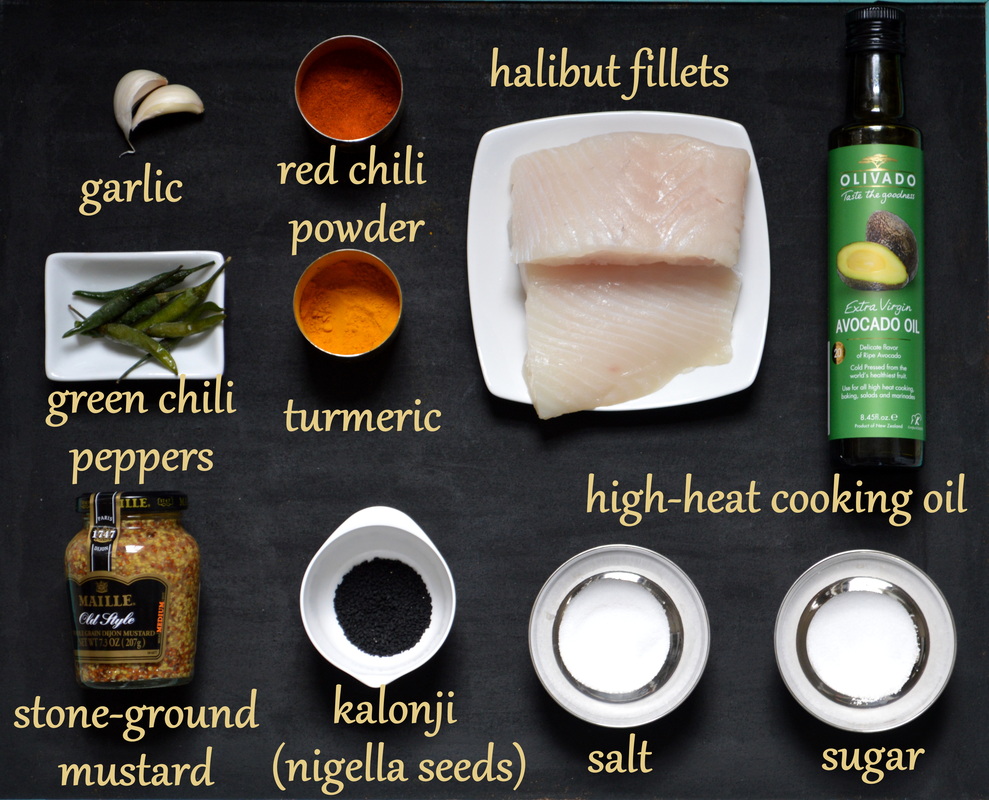

 RSS Feed
RSS Feed
